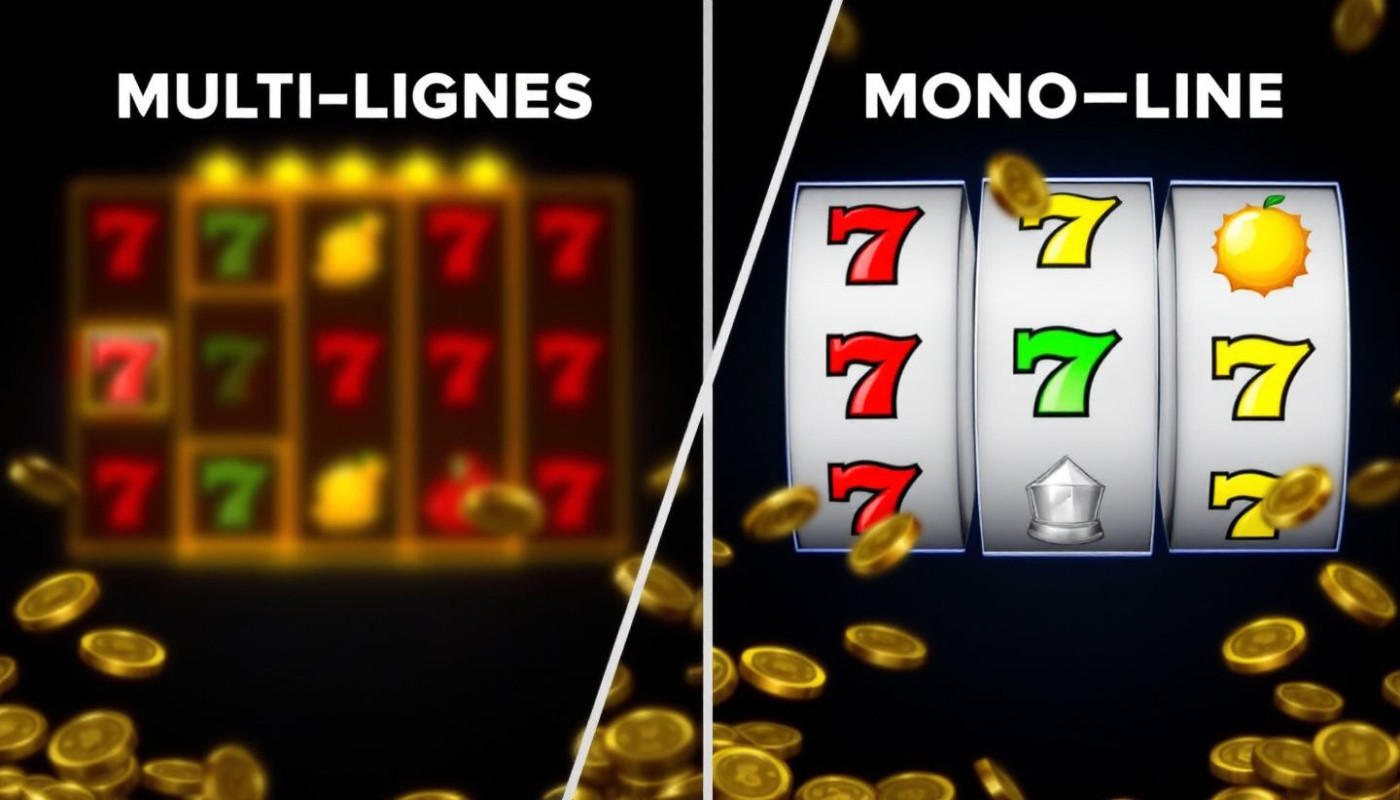Table of contents
When venturing into the world of gaming, it's vital to understand the mechanisms that govern your chances of winning. Return to Player (RTP) is a key concept that affects every player's gaming experience. This informative read will unveil the meaning behind RTP and its impact on your gameplay, providing valuable insights into making informed gaming choices. Dive into the nuances of RTP and arm yourself with knowledge that could tip the scales in your favor.
Demystifying Return to Player (RTP)
In the realm of gaming, the Return to Player, commonly known as RTP, serves as a pivotal metric that quantifies the theoretical percentage of all wagered money a slot machine or casino game will pay back to players over time. To calculate this figure, game providers tally the total amount won by players during the game sessions and divide it by the total amount wagered by these players. The outcome – often expressed as an RTP percentage – offers insight into the payout ratio that players can anticipate. It's not a guarantee of individual gaming outcomes, but rather an average return projected across a vast number of plays. From the perspective of game volatility, RTP plays an influential role. Games with high volatility might offer less frequent payouts but the potential for larger wins, while those with lower volatility tend to provide more regular, but smaller payouts. Understanding the probability intertwined with these statistics is key, as it assists players in setting realistic expectations when engaging with different games. Seasoned gaming analysts emphasize the significance of RTP as it not only affects player satisfaction but also the reputation and trustworthiness of game providers. Thus, the RTP percentage embodies more than just numbers; it's an essential compass guiding both player strategy and game design.
How RTP Influences Player Decisions
When engaging with online gaming platforms, players often look to the Return to Player (RTP) percentage as a guiding metric for informed gaming. Knowledge of a game's RTP can heavily influence player strategy, as it provides a quantifiable measure of the potential return on their wagers over time. This percentage can elevate a player's confidence in their decisions, creating a more structured approach to risk management. Players with RTP awareness tend to select games that offer higher percentages, believing that their winning chances are subsequently improved. Nevertheless, it is essential to recognize the psychological impact of this information. Awareness of RTP can lead to a cognitive bias where players perceive their risk as lower than it actually is, prompting them to potentially take greater risks under the illusion of increased safety. This perceived correlation between RTP and winning potential may not always align with the unpredictable nature of gaming outcomes, reminding players that while RTP is a helpful tool, it is not a guarantee of success.
RTP Compared to Other Gaming Metrics
When evaluating the potential outcomes of casino games, Return to Player (RTP) is just one of several gaming statistics that players should consider. RTP gives an insight into the percentage of wagered money a game is designed to pay back over time. Yet, to gain a more comprehensive understanding of a game's dynamics, it's instructive to look at RTP in relation to hit frequency and game volatility. Hit frequency refers to how often a game is likely to hit a winning combination, while game volatility, sometimes called variance, provides insight into how often and how much a game pays out. A high volatility game might offer less frequent wins but with the potential for larger payouts, contrasting with low volatility games that typically offer more frequent but smaller wins.
RTP vs. variance becomes a particularly interesting comparison when examining the risk assessment of a game. Players looking for steady, but potentially smaller, wins may prefer a game with a high RTP and low volatility. On the other hand, those willing to endure longer dry spells in hope of hitting larger jackpots may opt for games with lower RTP and higher volatility. Standard deviation is a technical term that plays a crucial role here; it's a measure of the variability or volatility of a game. Knowing this can help a player understand the likelihood of deviations from the expected RTP over a shorter period of play.
As someone dedicated to gaming research and deeply versed in interpreting gaming data, it's clear that RTP, hit frequency, and game volatility are not standalone metrics. Instead, they interact to form a mosaic of information that can significantly aid in a comprehensive risk assessment. For the savvy player, understanding these intricate relationships is a key element in not just enjoying the experience, but also in making informed decisions about where and how to play.
The Reality of RTP in Gaming Sessions
One prevalent misunderstanding concerning Return to Player (RTP) is how it directly affects individual gaming sessions. Theoretical RTP is a calculated percentage representing the expected return on a game over an extended period of play. It's vital to grasp that this figure is an average derived from thousands, if not millions, of spins or rounds. In contrast, actual payouts refer to the tangible results a player experiences during a gaming session. These results can deviate significantly from the theoretical RTP due to short-term variance, which is the natural fluctuation in results that can occur over a short period of play.
Random number generators (RNGs) ensure that each spin or hand is independent and outcomes are random, further contributing to the unpredictable nature of gaming session results. This randomness means that short-term gains or losses are not reliable indicators of a game's fairness or the accuracy of its RTP rating. Moreover, it often takes a substantial amount of data to reach statistical significance, which means that one-off sessions or short play periods are not sufficient to judge the accuracy of the theoretical RTP.
The clarity and integrity of game auditing hinge on the proper understanding of these concepts. As a professional game auditor, it's imperative to communicate that while RTP can guide players on which games may potentially offer better long-term returns, it should not be interpreted as a predictor of short-term outcomes. For instance, engaging in a popular online game like "chicken road game money," where the element of chance is undeniable, players should acknowledge that their immediate results are products of randomness, not a reflection of the theoretical RTP.
Please visit chicken road game money for an example of how theoretical RTP and RNGs work hand in hand to provide a fair and transparent gaming experience, yet always with the unpredictability that comes with each gaming session.
Maximizing Returns: Tips for Players
Mastering the intricacies of bankroll management is a fundamental step towards amplifying returns for any astute player. By meticulously allocating a gaming budget, individuals can effectively manage their risk-reward ratio, ensuring that their betting practices align with their financial capabilities. Selecting games with a higher Return to Player (RTP) percentage can significantly tilt the balance in a player's favor, optimizing the likelihood of profitability over the long run. It's pivotal to recognize that different games offer varying levels of RTP, and making informed choices can be the difference between a windfall and a wipe-out. In tandem with prudent game selection, exercising responsible gaming by setting strict limits and adhering to them is a testament to a disciplined strategy. It's not merely about the games you play, but also how you play them. A player who integrates these principles into their gaming regimen is positioning themselves to maximize RTP, turning the tables on the house edge and enhancing their chances for a favorable financial outcome.
Similar articles

Exploring The Impact Of Slot Game Themes On Player Engagement

Exploring The Impact Of Free Spin Promotions On Player Loyalty?

Essential Steps To Starting Your Online Casino Journey

Exploring The Evolution Of Road-Themed Casino Games

Analyzing the benefits of multi-line vs single-line slots for optimal betting

A Guide To Understanding And Claiming Deposit Bonuses

Strategies For Winning Big In Online Pokies And Table Games

Exploring The Appeal Of No-Deposit Bonuses In Online Slots

Exploring The Benefits Of Generous Welcome Bonuses And Free Spins In Online Casinos

Exploring The Allure Of Asian-themed Online Slots: Trends And Player Engagement

The Evolution Of Slot Gameplay: From Classic To Modern Variations

Maximizing Your Winnings: Advanced Techniques For Slot Machine Success

Maximizing Your Winnings: Top Strategies For Slot Machine Success

